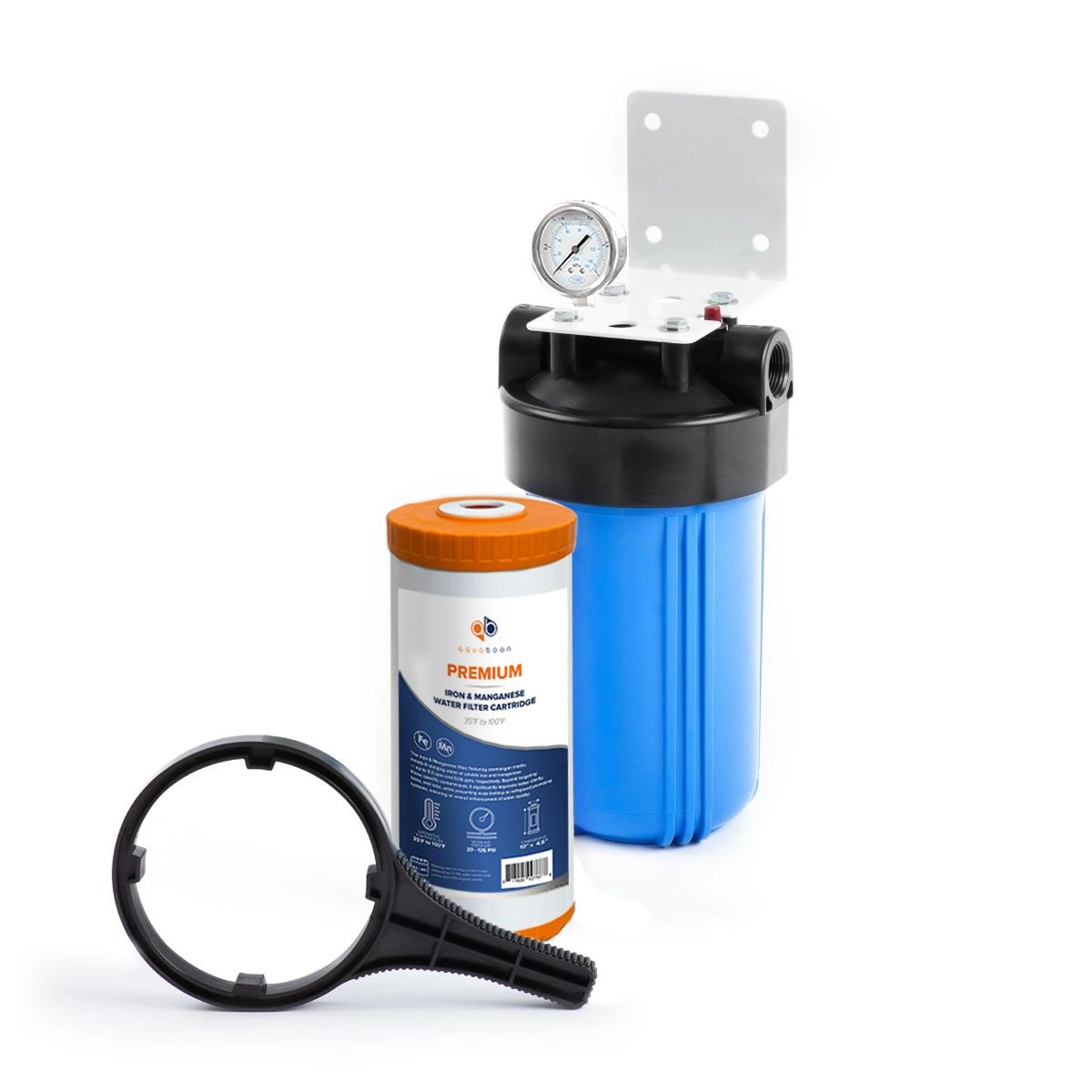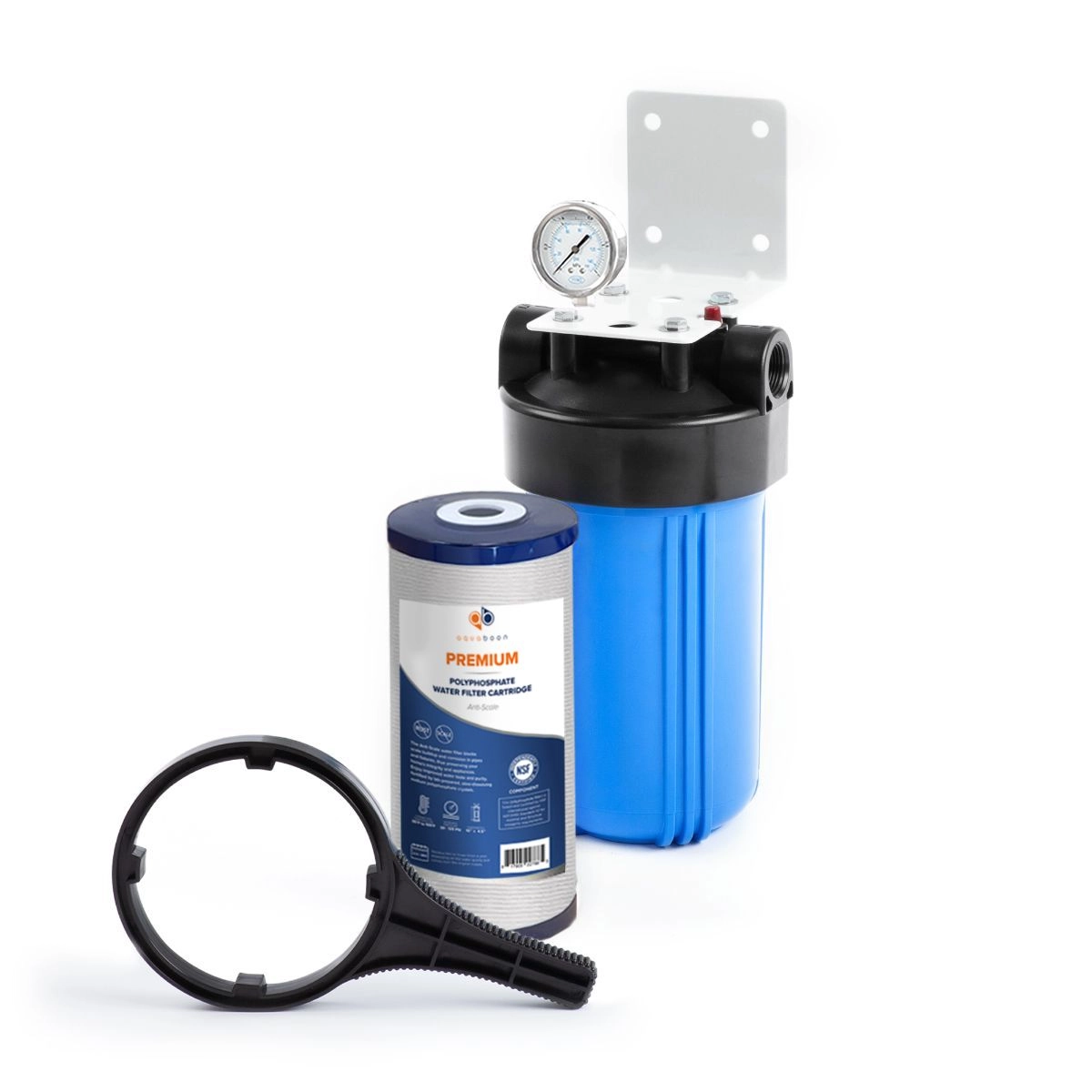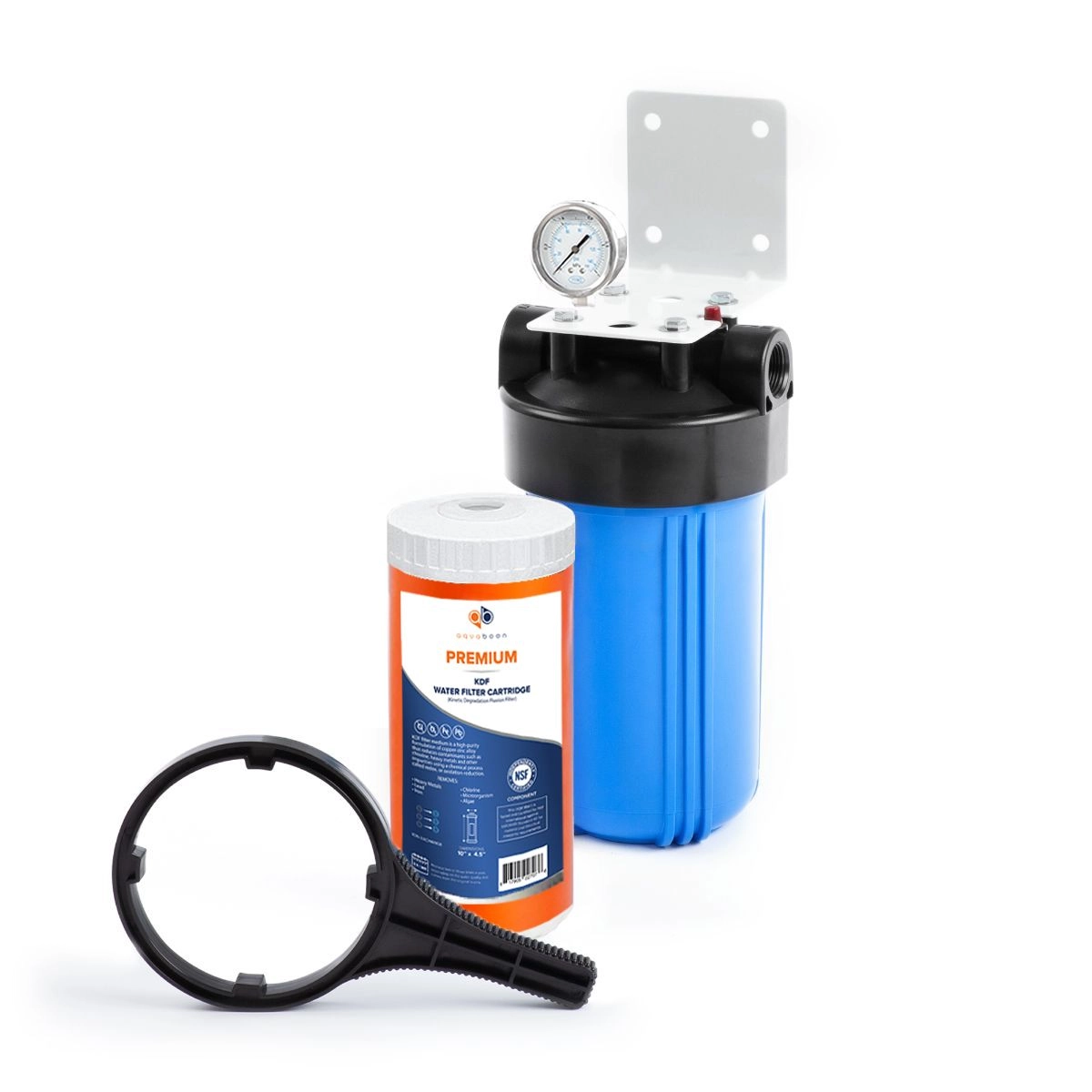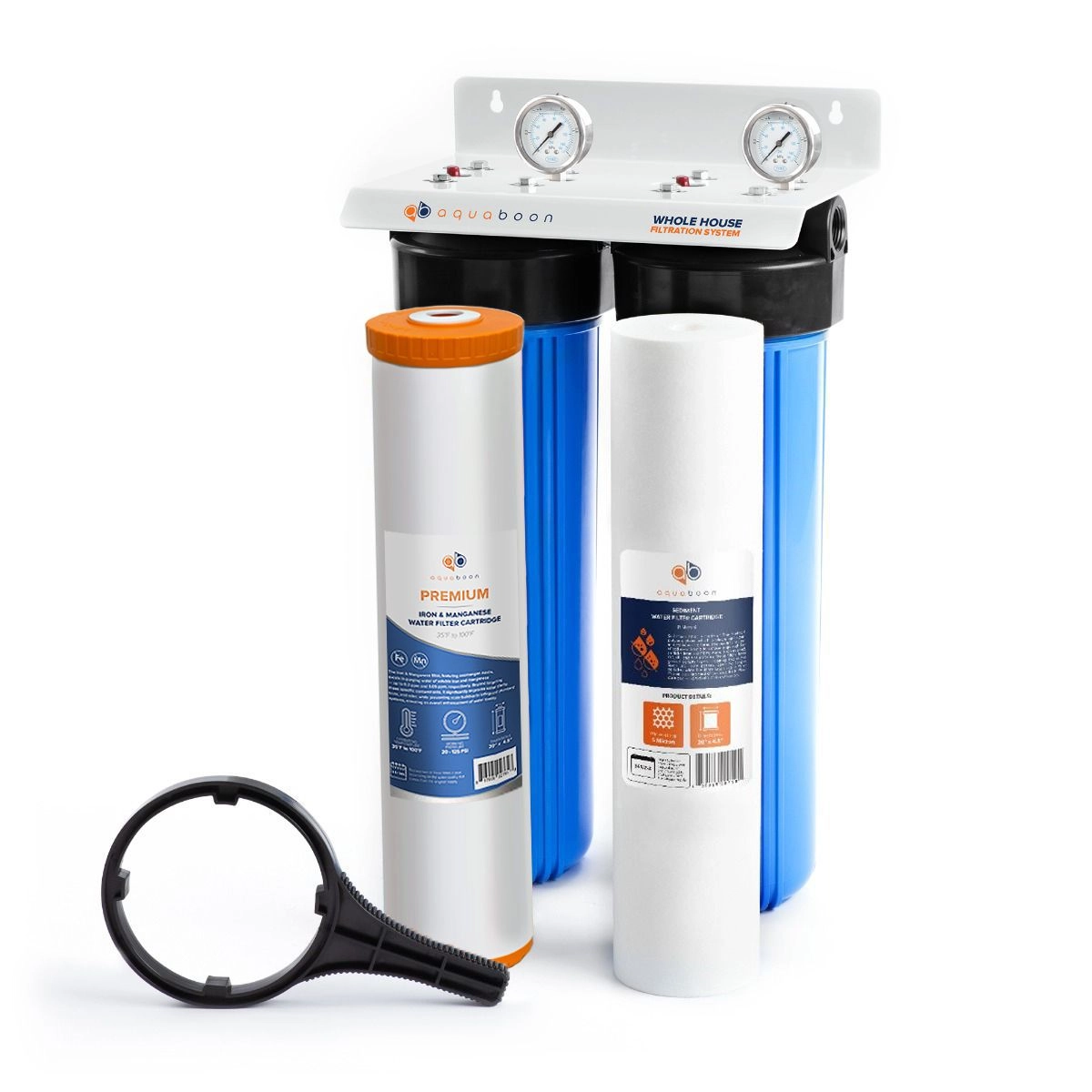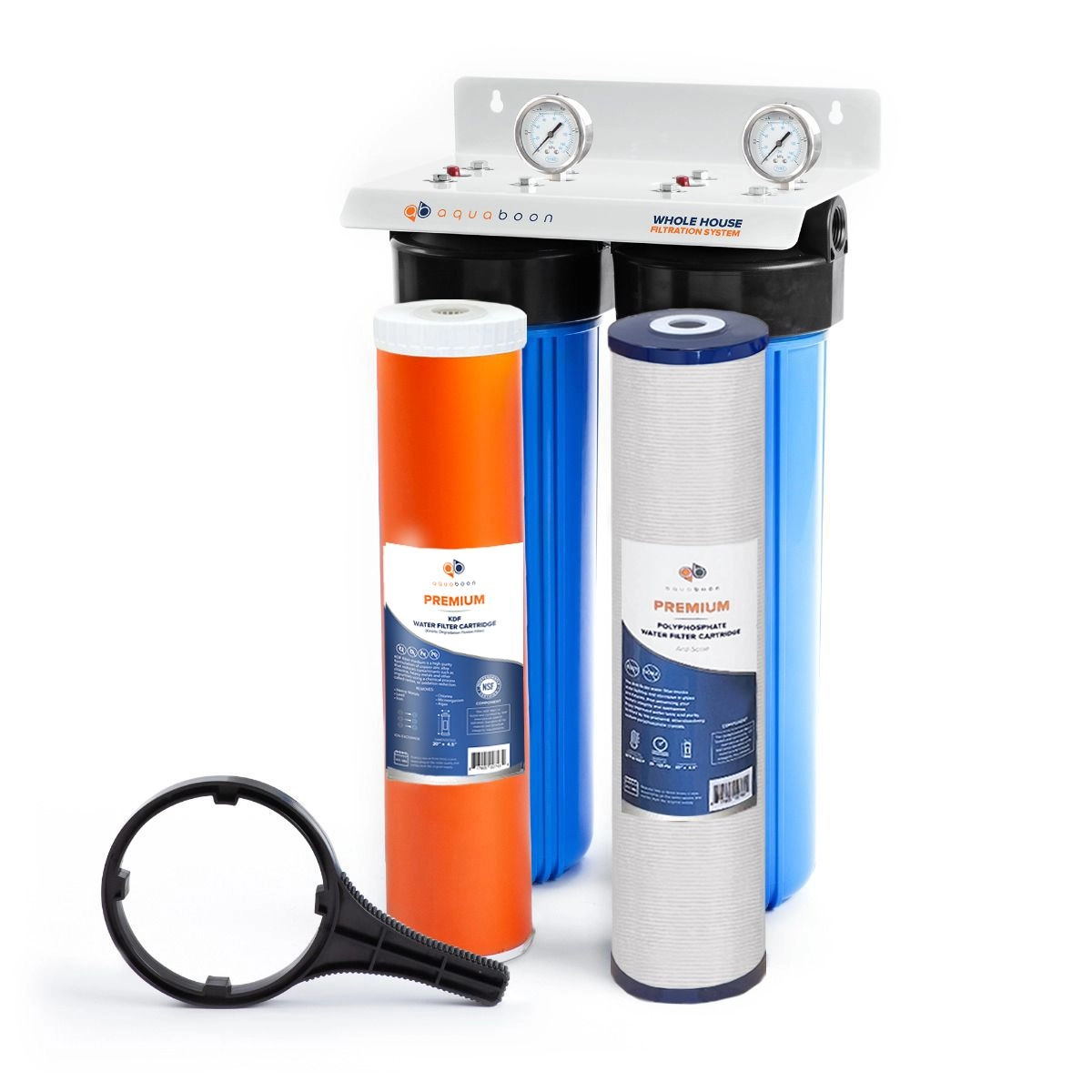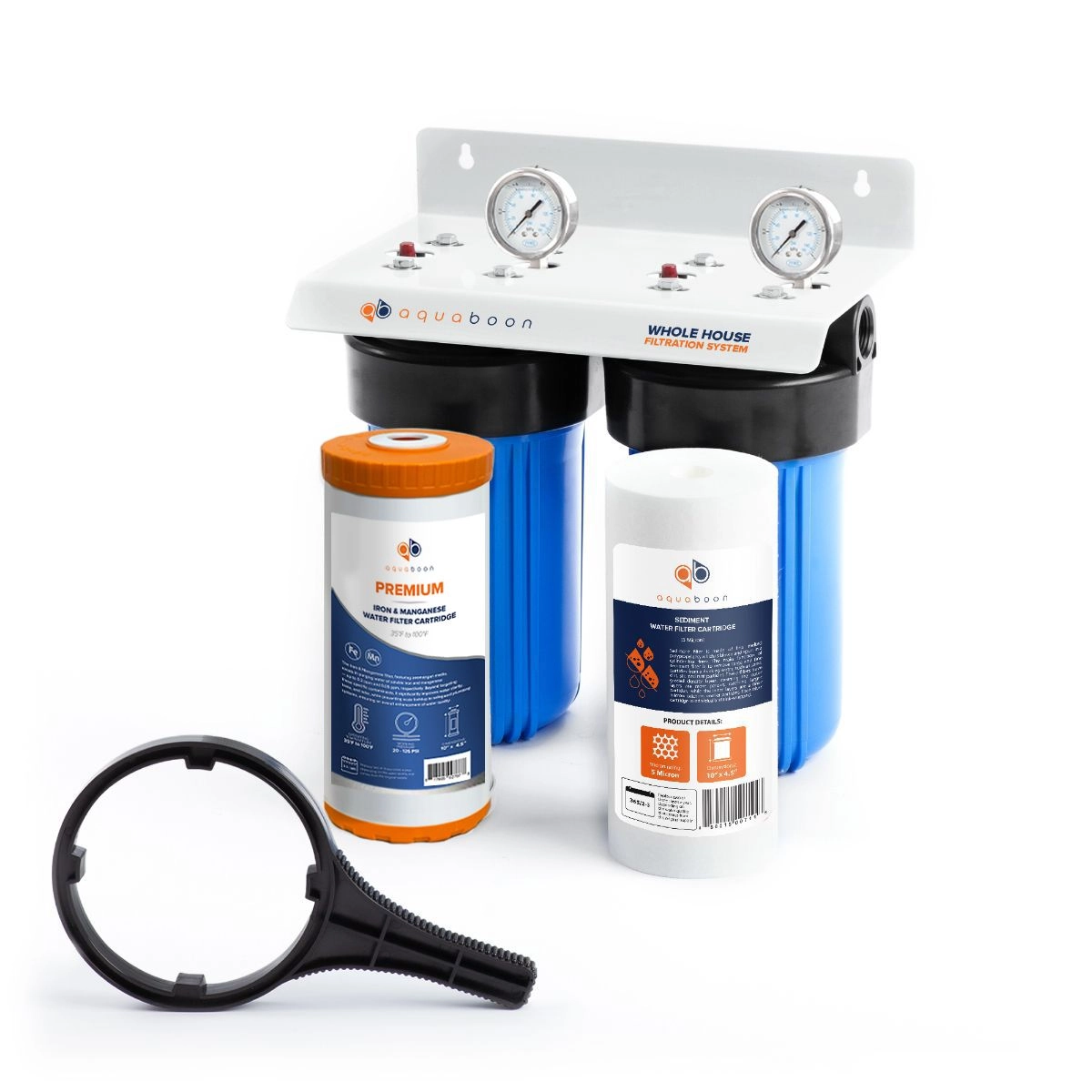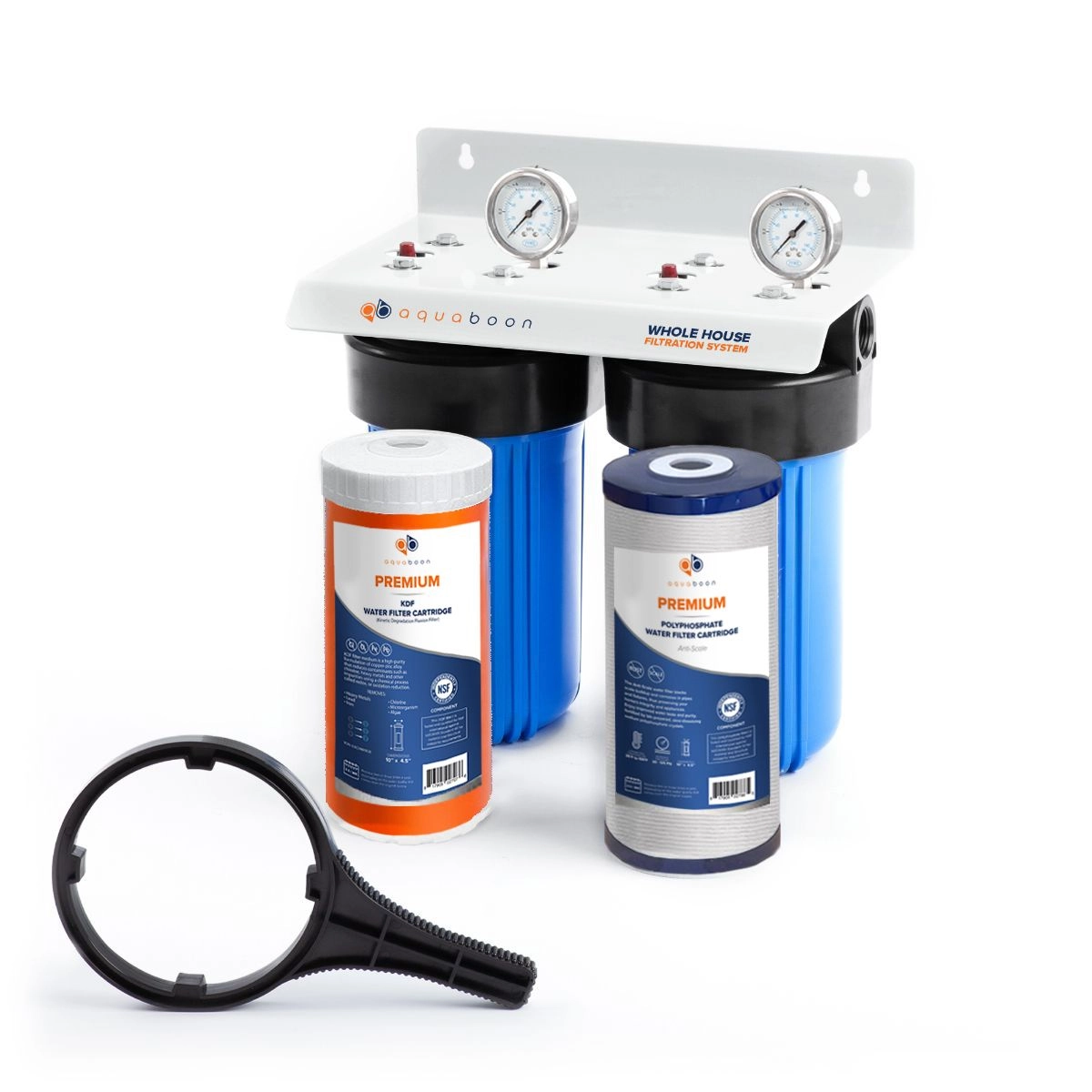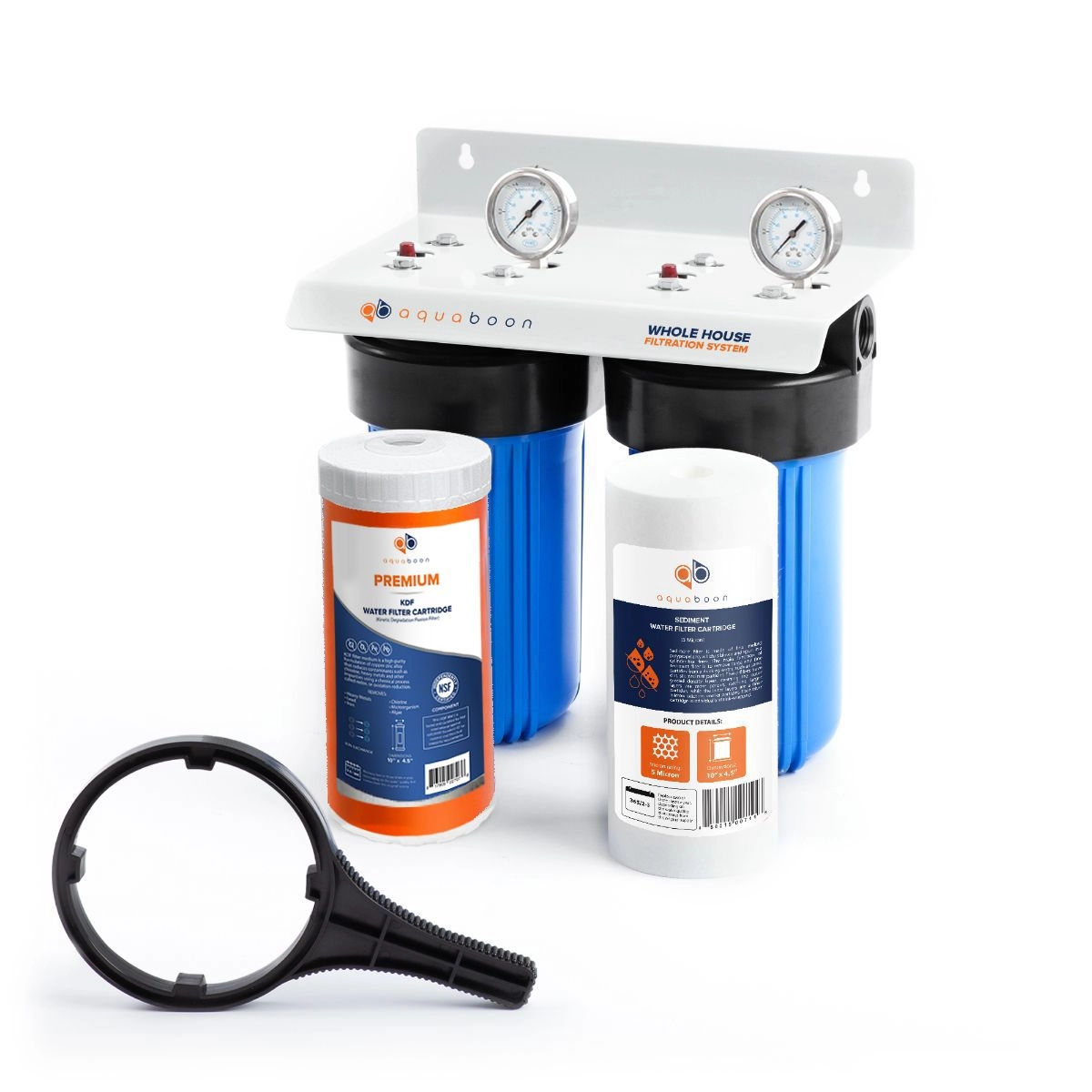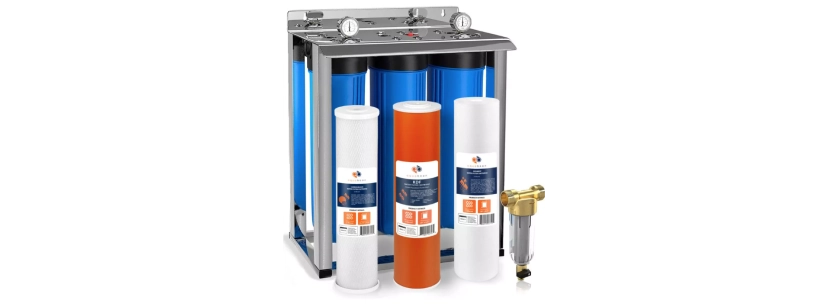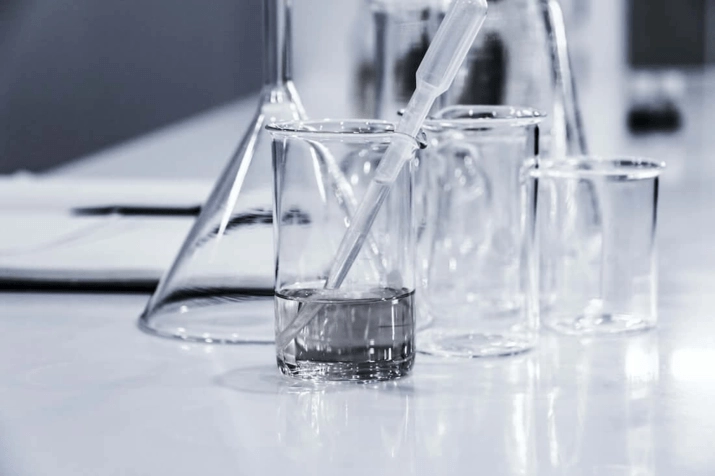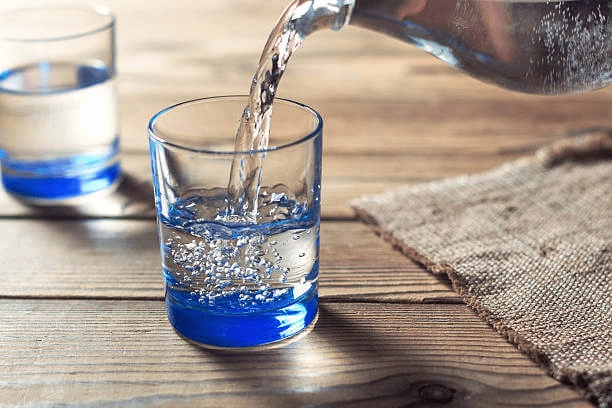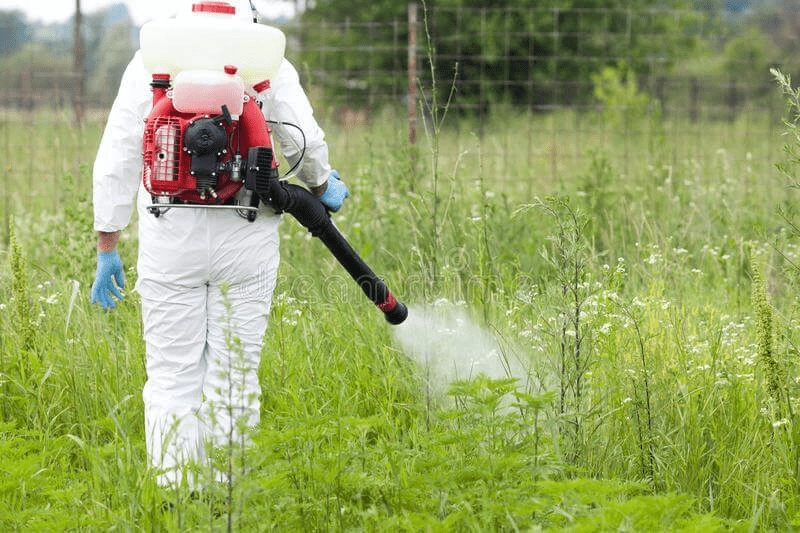Chloramine is a compound obtained when chlorine and ammonia react. It is widely used for water treatment, and approximately one in every five Americans has access to water that’s undergone chloramine treatment. Chloramine has many attributes that qualify it as a perfect water purifier. However, although it is not harmful to ingest, it still has downsides that necessitate further water treatment.
Removing Chloramines from Tap Water
Where do Chloramines come from?
Due to their high stability, these compounds have long-lasting disinfecting properties. Although they are weaker disinfectants compared to chlorine, they can stay longer without losing potency, continuing to clean long after all the chlorine has been broken down. This compound is also less likely to produce ‘disinfection by-products’ (DBPs) when used, while DBP production is one of the known adverse effects of chlorine use.
Why Should I Remove Chloramines from Drinking Water?
Unfortunately, the chloramines water treatment plants are not 100% reliable. That is why you need further purification. When exposed to excess chloramine, here are the effects on humans and the environment:
- Skin irritation
- Eyes and nose irritation
- Corrosion
- Breaks down rubber
- Bad taste and odor
- Plant and aquatic toxicity
- Very detrimental to patients undergoing hemodialysis
Best Filters for Chloramine Removal
These are the three types of water filters that can remove chloramine from water:
- Reverse Osmosis (RO) System: This is the best choice for effective water filter chloramine removal. The system's processes are a slow but sure method of filtration, producing incredibly pure liquid for cooking and drinking.
- Whole House Systems: Though not as efficient as RO, these systems are excellent for cleaning drinking water and provide a comprehensive solution for household water treatment.
- GAC Filters (Granular Activated Carbon): These filters, containing activated carbon, are a great option for whole-house filtration, effectively removing chloramines and other contaminants.
Chlorine Water Filtration for Home


